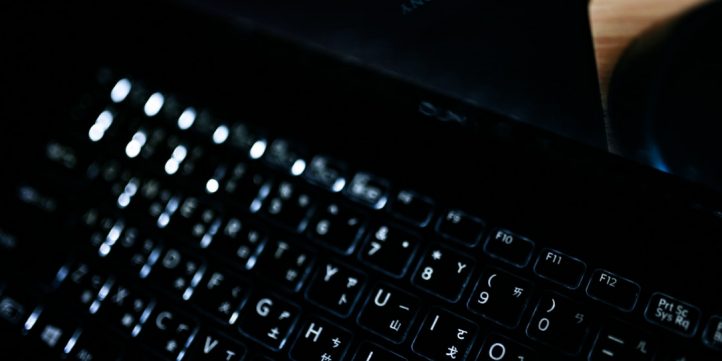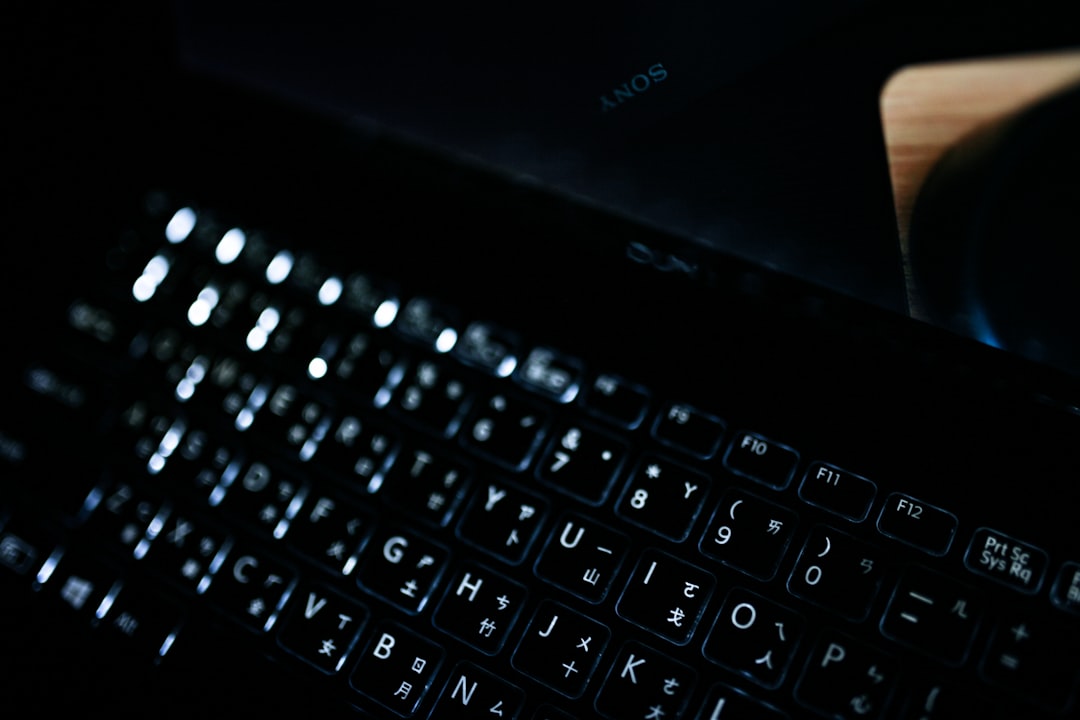
In today’s digitally driven work environment, where remote teams and home office setups have become the norm, email remains a critical communication tool. However, with this increased reliance on email comes heightened risk. Cybercriminals constantly evolve their tactics to exploit vulnerabilities in email communications, targeting individuals and organizations alike. For remote teams, often operating on disparate networks and personal devices, email security is not just a technical concern—it’s a vital aspect of maintaining business continuity and protecting sensitive data.
Whether your team is fully remote, hybrid, or temporarily working from home, ensuring email security must be a top priority. Below are essential tips every organization and remote professional should follow to safeguard email communications from malicious threats.
1. Enable Multi-Factor Authentication (MFA)
MFA adds an additional layer of protection to your email account beyond just username and password. By requiring a second form of verification—such as a unique code sent to your mobile device—it significantly reduces the chances of unauthorized access, even if a password is compromised.
All remote workers should be required to activate MFA on their email accounts, particularly when accessing work-related systems and sensitive data. Cloud-based email platforms like Microsoft 365 and Google Workspace support MFA configurations that can easily be enforced across entire teams.
2. Educate Team Members About Phishing Attacks
Phishing remains the leading cause of data breaches and credential theft. These attacks often come in the form of manipulative emails disguised as legitimate messages from trusted sources. Common characteristics of phishing emails include:
- Urgent requests for login credentials or financial information
- Suspicious attachments or download links
- Slightly misspelled domain names that mimic real companies
Remote employees should receive ongoing training to recognize the signs of phishing and how not to fall victim to them. Regular simulated phishing exercises can also help test and reinforce awareness across dispersed teams.

It’s vital that team members know not to click on unknown links or download attachments from unverified sources. When in doubt, they should confirm the legitimacy of the message through a separate communication channel.
3. Use Encrypted Email Services and Secure Protocols
When handling sensitive information, encryption is essential. Email content, as well as the files sent over email, should be encrypted from end to end. This ensures that even if an email is intercepted during transmission, the content remains unintelligible to unauthorized parties.
Organizations should use email platforms that support encryption standards such as S/MIME or PGP. Additionally, ensure that employees access their emails using secure connections (TLS) and not unsecured public Wi-Fi—more on that later.
4. Implement a Company-Wide Email Policy
No matter the size of your remote team, having a consistent and clearly documented email usage policy is critical. This policy should include rules such as:
- Prohibiting the sharing of credentials or using shared email accounts
- Establishing guidelines for sending attachments and sensitive data
- Mandating regular password updates and screen-locking practices
- Defining acceptable use of work email versus personal email
All team members should be required to read, understand, and formally acknowledge this policy. It creates accountability and standardizes secure email behaviors across the board.
5. Deploy Email Filtering and Anti-Spam Tools
Using intelligent email filtering tools can prevent malicious messages from ever reaching a user’s inbox. These tools identify and block unwanted content such as spam, malware attachments, and phishing links before they pose a threat.
Advanced filters powered by AI and machine learning can detect unusual patterns and flag suspicious content. Businesses should invest in dedicated email security solutions or enable robust settings within existing platforms to block high-risk messages by default.
6. Keep All Devices Secured and Updated
A key security consideration for remote teams is the personal devices used to access company emails. These devices—whether laptops, smartphones, or tablets—must be kept up to date with the latest security patches and software updates.
Encourage team members to:
- Use antivirus and anti-malware software with real-time protection
- Enable automatic updates for operating systems and apps
- Set strong, unique passwords for device access
Consider implementing Mobile Device Management (MDM) solutions to manage and restrict access to company data remotely if a device is lost or compromised.
7. Be Careful with Public Wi-Fi and VPN Usage
Remote workers often connect to public Wi-Fi networks in cafes, airports, and shared spaces, which introduces serious risks. These networks are prime targets for man-in-the-middle attacks, where hackers can eavesdrop on communication—including email traffic.
To mitigate this, remote employees should be required to use a virtual private network (VPN) when outside of secure environments. A VPN encrypts all internet traffic, making it far more difficult for attackers to intercept data.

Additionally, avoiding access to sensitive emails or confidential information on unsecured networks altogether is a solid best practice.
8. Regularly Back Up Important Emails
Email archives often contain valuable business data that could be lost due to accidental deletion, cyber-attacks, or hardware malfunctions. Critical emails and attachments should be backed up securely and regularly to cloud services or encrypted physical storage.
Email platforms like Office 365 and Gmail may offer limited backup functionalities, but organizations should evaluate third-party solutions to ensure comprehensive protection and easy recovery if needed.
9. Monitor Email Account Activity
Many email platforms allow users to monitor recent account activity, including login times, IP addresses, and device types. Encouraging employees to review this data periodically can help identify unauthorized access early.
Administrators should also configure alerts for suspicious behaviors such as:
- Login attempts from unfamiliar locations
- Mass email forwarding setups
- Excessive sign-in failures
Immediate action should be taken if any anomalies are detected, including password resets and account audits.
10. Foster a Culture of Security Awareness
Ultimately, technology alone cannot protect organizations from email threats. Human behavior plays a pivotal role. Creating a culture where security is everyone’s responsibility helps ensure frontline defense against cybercrime.
Best practices include:
- Conducting monthly security awareness training
- Sharing real-world examples of successful or failed phishing attempts
- Encouraging employees to report suspicious emails without fear of reprimand
Leaders should model secure behavior themselves and regularly discuss cybersecurity at team meetings. Reinforcing vigilance and responsibility turns every team member into an asset for email security.
Conclusion
Email remains one of the most significant vectors through which cyber threats infiltrate organizations—especially those operating remotely. With employees spread across different locations, networks, and devices, the threat surface expands rapidly. That’s why implementing a layered security approach that combines training, tools, and tactical policies is absolutely essential.
By acting on the email security tips outlined above, organizations can dramatically reduce their risk exposure and ensure their remote teams remain resilient in the face of evolving digital threats. This is not a one-time initiative, but an ongoing effort to adapt to the cyber landscape that remote work now demands.
